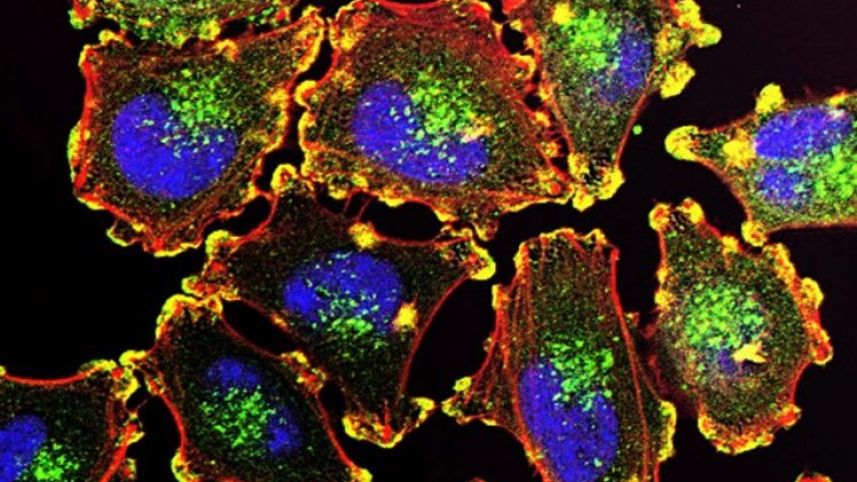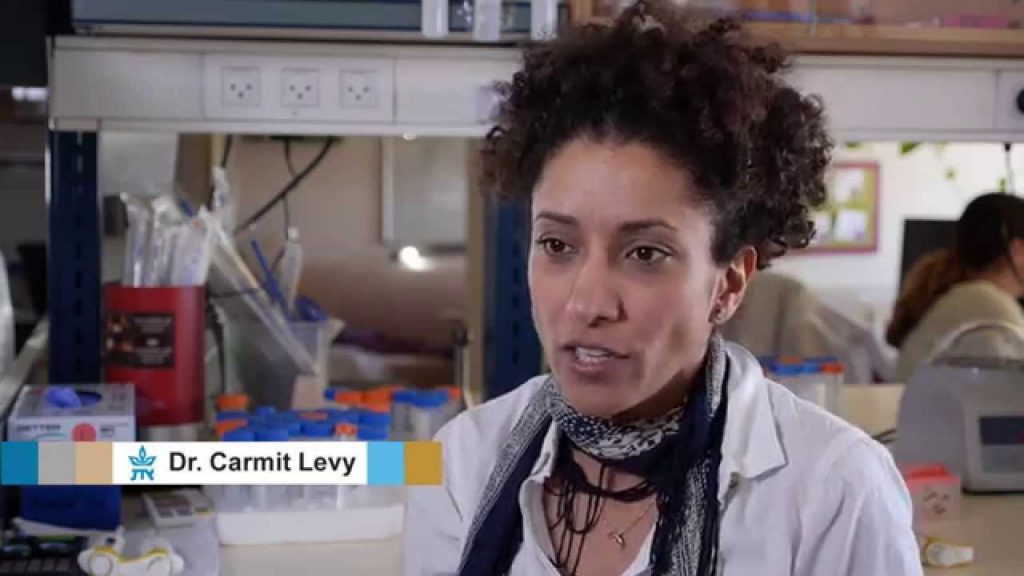Skin cancer is the most common of all cancers, and melanoma – the most aggressive of all skin cancers, which accounts for 2 percent of skin cancer cases – is responsible for nearly all skin cancer deaths. Melanoma rates have risen rapidly in the US over the last 30 years. In 2013, Israel’s Health Ministry recorded 1,634 new cases of melanoma, nearly twice the number diagnosed in 1980. Although scientists have identified key risk factors, they have struggled to find a way to halt its spread.
Now, Israeli and German scientists have potentially discovered how the cells of melanoma invade the rest of the body and ways to stop that spread.
SEE ALSO: ‘Cure For Terminal Cancer’ Discovered With Breakthrough Immunotherapy
In a breakthrough study published Monday in the journal Nature Cell Biology, the team details how melanoma evolves from pigment producing cells called melanocytes into tumors, and then spreads, or metastasizes, in the rest of the body.
Tumors initially form on the dermis, the outer layers of skin often in the form of dark colored moles. If caught early, doctors can easily remove the moles and prevent the cancer from spreading. If the mole is allowed to expand into dermis, the cells can be absorbed into the body’s circulatory system and travel to major organs and lymph nodes, where the disease becomes deadly and more aggressive treatments such as chemotherapy and radiation are needed.

Melanoma Cells. Courtesy of Tel Aviv University
“The threat of melanoma is not in the initial tumor that appears on the skin, but rather in its metastasis – cancer cells sent off to colonize in vital organs like the brain, lungs, liver and bones,” team leader Dr. Carmit Levy, of Tel Aviv University explains.
SEE ALSO: Vanity Best Tool In Fight Against Skin Cancer
According to the study, the way that the tumor spreads is through releasing microscopic bubbles called vesicles which contain microRNA genetic material. This genetic material triggers changes with skin cells which are the equipped to receive and then carry the cancer to the rest of the body, in what the study calls “trafficking before invasion.”
Sign up for our free weekly newsletter
SubscribeTwo chemicals hold the key
The researchers say that they have also discovered two chemicals that could stop the process of metastasizing in its tracks.
The first chemical, dubbed only with an alpha-numerical designation of SB202190, prohibits vesicles from travelling from tumors into healthy skin cells. U0126, the second chemical, prohibits the cells from morphing after being exposed to vesicles so that they will be unable to accept cancer cells.
Both chemicals could be good contenders for drug treatments, according to the report.
Levy’s team from Tel Aviv University worked with Dr. Shoshi Greenberger from the Sheba Medical Center, Tel Hashomer, Dr. Ronen Brenner with Wolfson Medical Center in Holon and Prof. Jorg Hoheisel and Laureen Sander from the German Cancer Research Center in Heidelberg.
“Our study is an important step on the road to a full remedy for the deadliest skin cancer,” Levy says. “We hope that our findings will help turn melanoma into a nonthreatening, easily curable disease.”

Dr. Carmit Levy. Courtesy of Tel Aviv University
Photos: Tel Aviv University
Related posts

Israeli Medical Technologies That Could Change The World

Harnessing Our Own Bodies For Side Effect-Free Weight Loss

Missing Protein Could Unlock Treatment For Aggressive Lung Cancer




Facebook comments